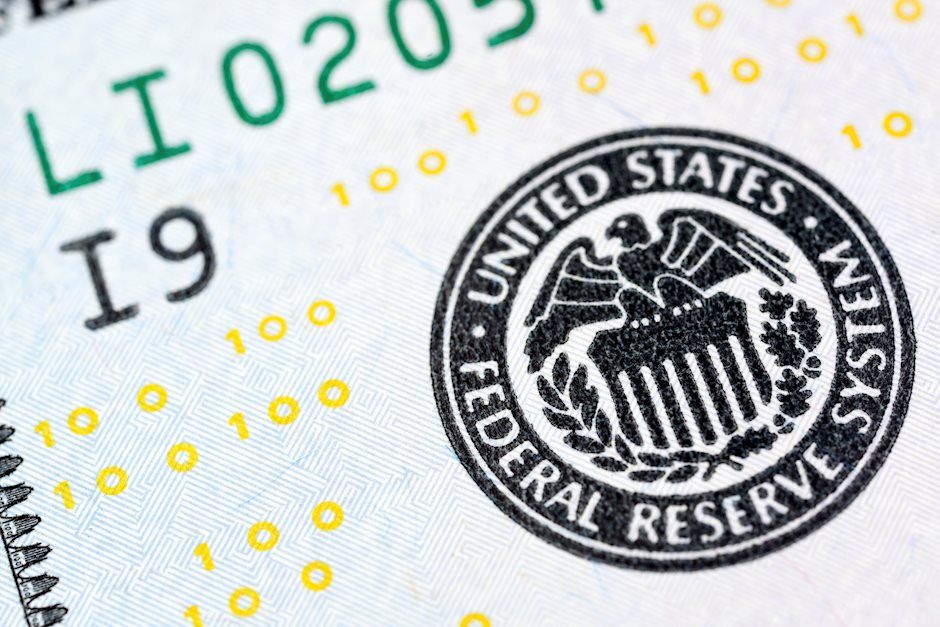Core PCE Preview: Forecasts from six major banks, strong price pressures

The Fed’s preferred inflation gauge, the Core Personal Consumption Expenditure (Core PCE), will be published on Friday, September 30 at 12:30 GMT and as we get closer to the release time, here are the forecasts of economists and researchers of six major banks.
The market expectation is for the monthly core PCE inflation to rise by 0.5% in August following July’s 0.1% increase. On a yearly basis, the PCE inflation and the core PCE inflation, which excludes volatile food and energy prices, are forecast to rise to 6.6% and 4.7%, respectively.
Commerzbank
“Excluding food and energy, the deflator probably increased by 0.4% MoM. This is a bit less than the recently released core CPI rate. This is because rents have a lower weight in the deflator than in the CPI basket (15% vs. 32.6%); rents rose quite strongly in the CPI in August. In addition, medical services have a much higher weighting in the deflator, and here the government health services included in the deflator, in contrast to the CPI, have a dampening effect on prices.”
TDS
“Core PCE prices likely gained speed again in August following a strong CPI report where core inflation surprised significantly to the upside at 0.6%. The YoY pace likely bounced back to 4.8% (same as in June), suggesting prices remain sticky at an elevated level. Separately, personal spending likely advanced at a modest 0.2% MoM pace following an even weaker 0.1% gain in July.”
NBF
“The annual PCE deflator may have moderated from 6.3% to 6.0%, but core PCE deflator may have increased one tick to 4.7%.”
Deutsche Bank
“We expect core PCE to edge higher by +0.5% MoM (vs +0.1% in July) which won’t allow the Fed to take the foot off the tightening pedal.”
CIBC
“The Fed’s preferred measure of prices, core PCE prices, could have accelerated more modestly than its CPI counterpart, to 4.7% YoY, given the lower weighting of shelter in the index.”
Citibank
“We expect a solid 0.47% MoM increase in core PCE inflation in August. The YoY reading is likely to rise to 4.7%, with further increases likely over the next three months as base effects are likely to push YoY core PCE higher through November.”
Author

FXStreet Insights Team
FXStreet
The FXStreet Insights Team is a group of journalists that handpicks selected market observations published by renowned experts. The content includes notes by commercial as well as additional insights by internal and external analysts.

















